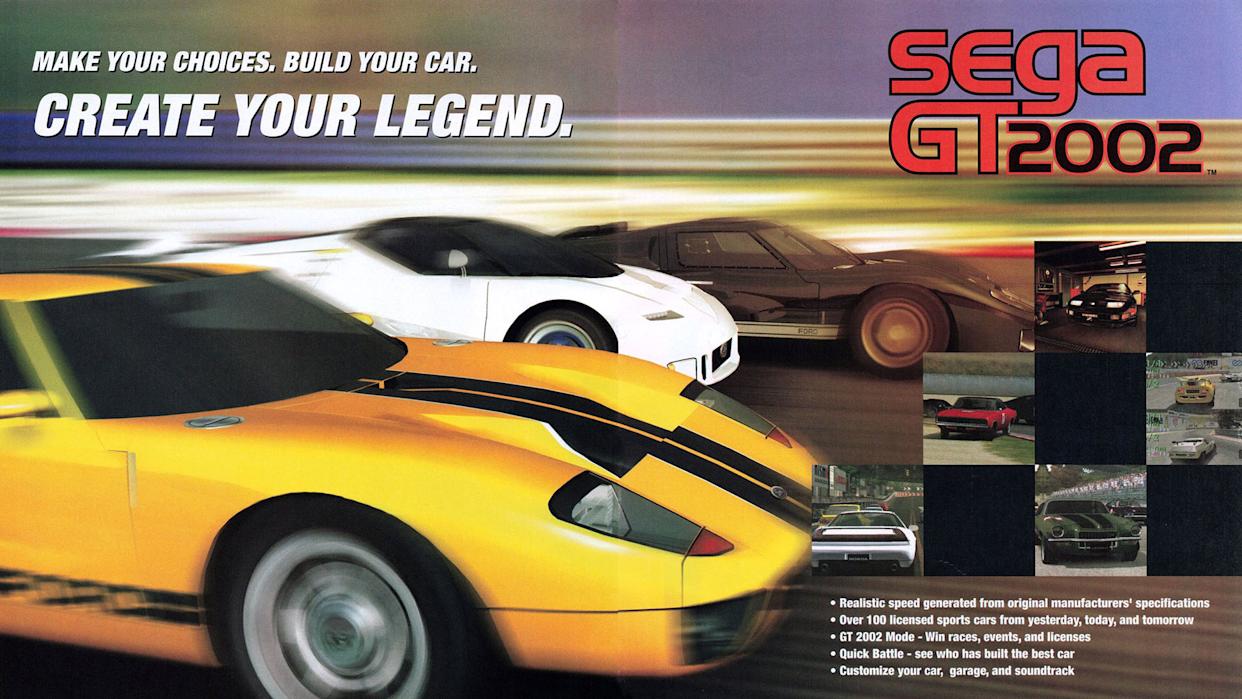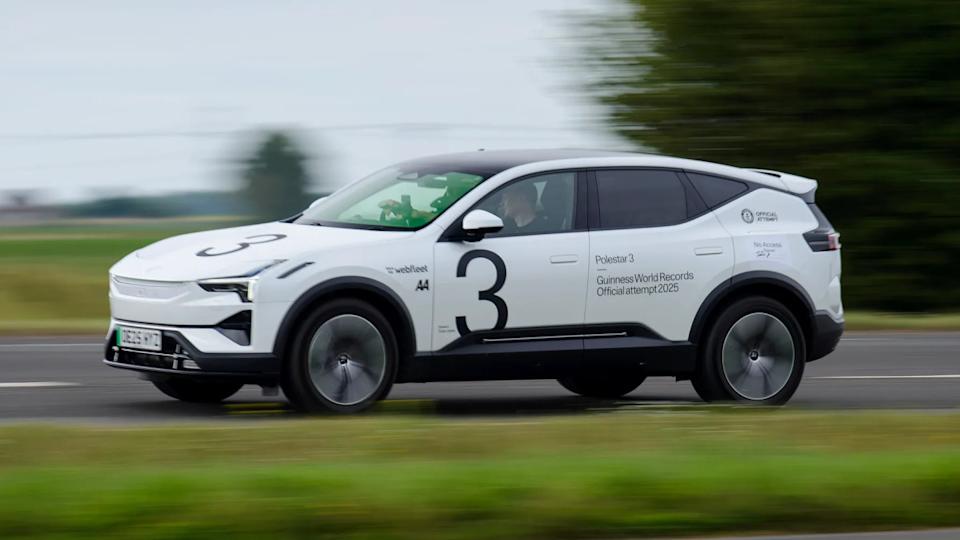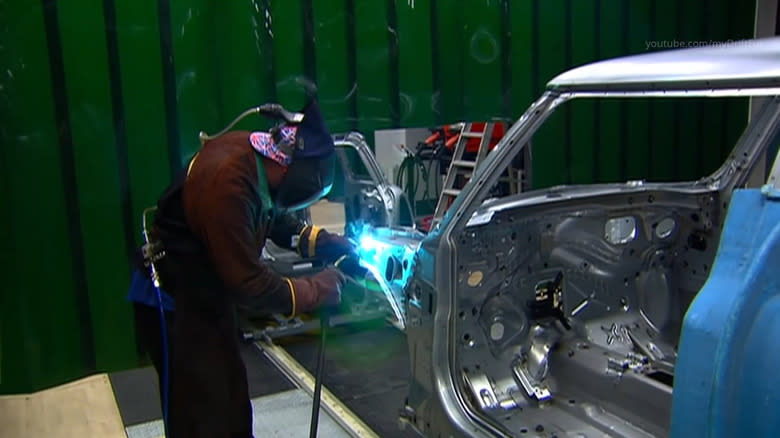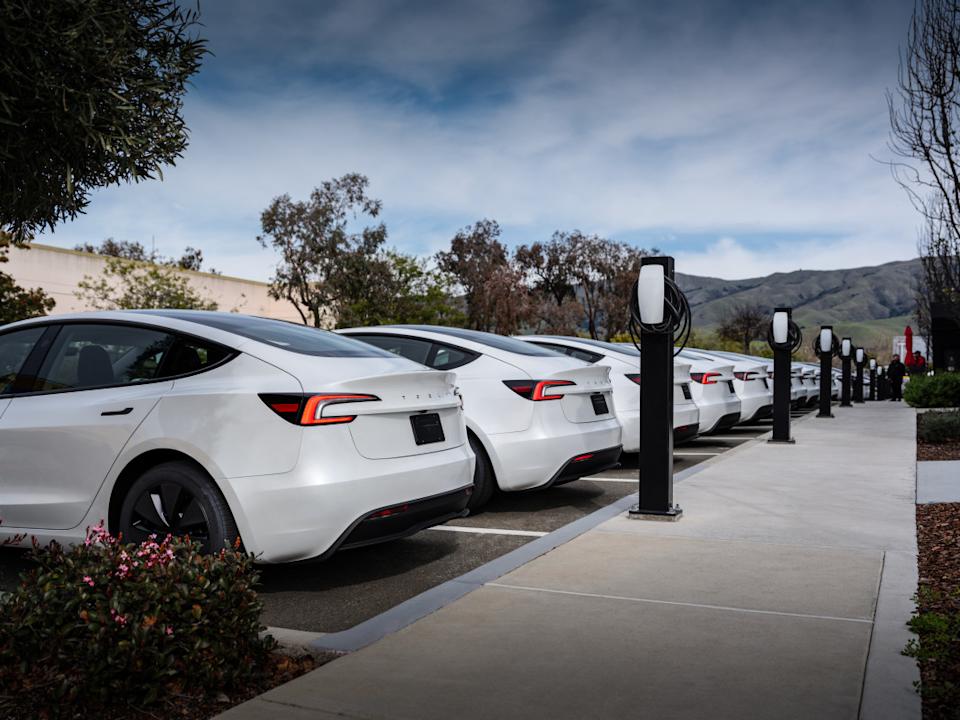
Old video games are known for two things: Usually being at least a little better in your head than they were in reality, and cheating. Emphasis on the cheating. Racing games are notorious for this, perhaps because it’s so obvious how they can cheat, simply by making opponent cars much faster than yours. My favorite example of this is one of the original Xbox’s finest driving games and exclusives: Sega GT 2002. And the video below makes the game’s subterfuge extremely obvious.
Modder Xenn, who is also responsible for improving classic Gran Turismo games with various tweaks, shared this one with me years ago. Sega GT 2002 was basically Microsoft’s GT competitor before Forza was ever a thing, developed by Sega’s Wow Entertainment division. It’s a good and charmingly weird racing “sim,” by the standards of the early aughts.
The video is straightforward: It’s a replay of a race exclusively between computer-controlled cars, from start to finish. In the bottom right, we see a window listing power multipliers for each competitor in real time, and you can likely figure out where we’re going with this.
Notice how the numbers change as the race progresses? Yeah—these CPU cars start the race with 2x horsepower, which they retain for about half a lap. Then, the multiplier drops to a 1.3-1.8x range for the rest of the race, where cars closer to the lead have a lesser advantage, and cars bringing up the rear have comparatively more boost to keep the action tight.
I first saw this video a couple of years back, and it floored me, because I remember being all of 10 and failing to understand how Supras and Evos could destroy my tuned Ford GT in this game. See, Sega GT 2002 has a pretty aggressive difficulty curve. It starts quite easily, but then ramps up noticeably about halfway into the career mode. That’s when you start noticing that rival cars are much quicker than they used to be, particularly in how they blow you away in the straights.
Making matters worse, the game also gives AI vehicles weight reductions at a certain point, too, leading to cars like the Caterham Super Seven R500R effectively having 500 horsepower and weighing well under 500 pounds. Other lightweight machines with potential for big power, like the Alfa Romeo Tipo 33/2 Stradale and Jiotto Caspita (the Caspita is so cool, by the way), also become pretty hard to compete with around this stage. If you don’t get one of these game-breaking cars in your own garage, there’s little hope of competing.

Now this may all seem quaint, given that we’re talking about a 23-year-old game here. But some modern racing games do it too. If you play Gran Turismo 7, you know how computer-controlled cars in some races absolutely smoke you, particularly in the title’s many catch-the-rabbit-style races, where the lead car turns laps that are literally seconds faster than everyone else’s. Yeah—that’s an artificial speed boost at work. You can mitigate it by choosing the Easy difficulty level in GT7’s options, but of course, competitive sim racers are rarely the type to turn down the heat. I, on the other hand, have no aversion to the coward’s way out. Unfortunately, there’s no way to do that in Sega GT, so you’ll just have to do as the kids say and get good.
Got tips? Send ’em to [email protected]








Comments